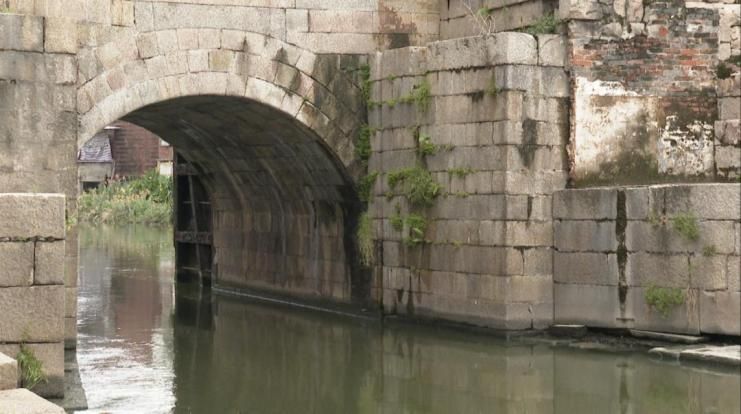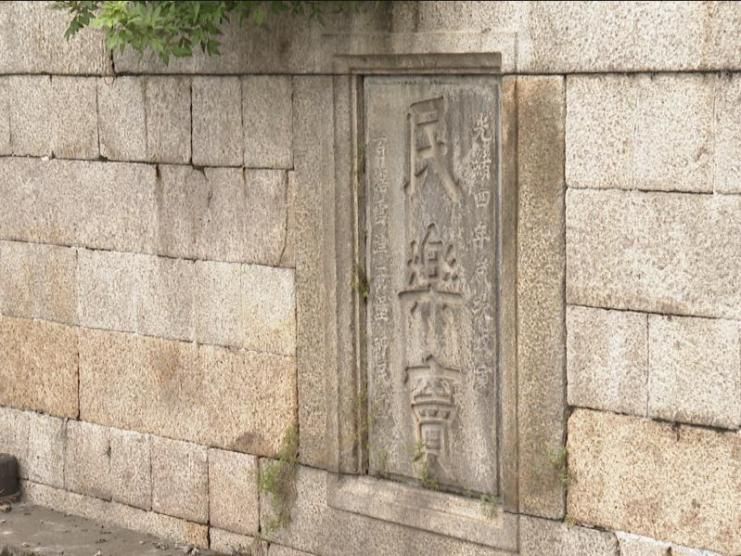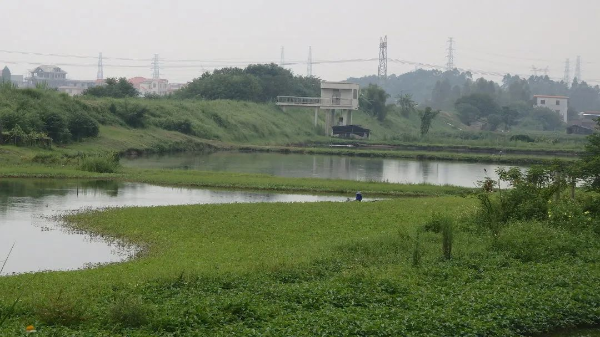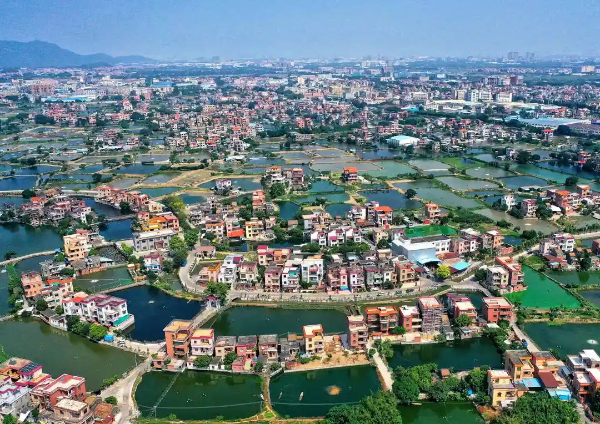Xi Lei
Polder Hydraulic System
The polder hydraulic engineering system is a unique form of water management, typically used for flood control, irrigation, and drainage, and particularly suited to wetland areas like the Pearl River Delta. It involves the construction of dikes or embankments to enclose low-lying areas, creating relatively independent hydraulic systems that control water flow, protect agricultural production, and prevent flooding. The primary function of polder engineering is to utilize natural topography and water resources to comprehensively manage flood control, irrigation, drainage, and agriculture. It represents a long-term practice of human adaptation to the hydrological environment in wetland regions.
Sangyuanwei Polder is one of the oldest and largest ancient polder hydraulic systems in the Pearl River Delta, dating back to the Northern Song Dynasty (1102-1110). Initially, Sangyuanwei consisted of several independent dikes built along the Xi and Bei Rivers to protect against floods. As agriculture developed and the population grew, the demand for water resources increased, and Sangyuanwei eventually evolved into a multifunctional hydraulic system. In addition to flood control, it also provided irrigation, drainage, tidal barriers, and water transportation.
Since 2020, when Sangyuanwei was recognized as a "World Heritage Irrigation Structure" by the International Commission on Irrigation and Drainage (ICID), the Nanhai District of Foshan City launched a large-scale eco-cultural tourism project in 2022: the "Sangyuanwei Water Veins Plan" (桑园围水脉规划), covering an area of 16.29 square kilometers. This plan includes multiple cultural and tourism attractions, projects, and travel routes, promoting Sangyuanwei's hydraulic and agricultural traditions as key selling points.
However, like many other polder hydraulic heritage systems, Sangyuanwei’s traditional hydraulic functions have largely been replaced by modern water management facilities, due to technological advancements and changes over time. Additionally, the mulberry dike-fish pond system, a key part of its agricultural tradition, has nearly disappeared from local aquaculture practices.
Addressing the conflict between the "staged authenticity" created by heritage tourism and the fading traditional significance has always been a central issue in heritage preservation. In the context of polder hydraulic heritage, reconciling this conflict requires further reflection. It is essential to consider how traditional hydraulic wisdom, particularly the complex relationship with water, can provide important insights for responding to the increasingly uncontrolled and frequent flooding associated with contemporary climate change.

A sluice (Minle Dou) within Sanyuanwei water channel, used to control the high and low waterway gates.

A sluice (dou) within Sanyuanwei water channel, used to control the high and low waterway gates.
Minle Dou is one of the 24 Dou gates in Sanyuanwei that are still well-preserved. It was built in the fourth year of Guangxu in the Qing Dynasty and has a history of more than 100 years.

The construction of dikes in Jizan area, Baidong Village, Xiqiao Town, Nanhai District, Foshan, Guangzhou
Source: Internet

Foshan water town
Source: Internet